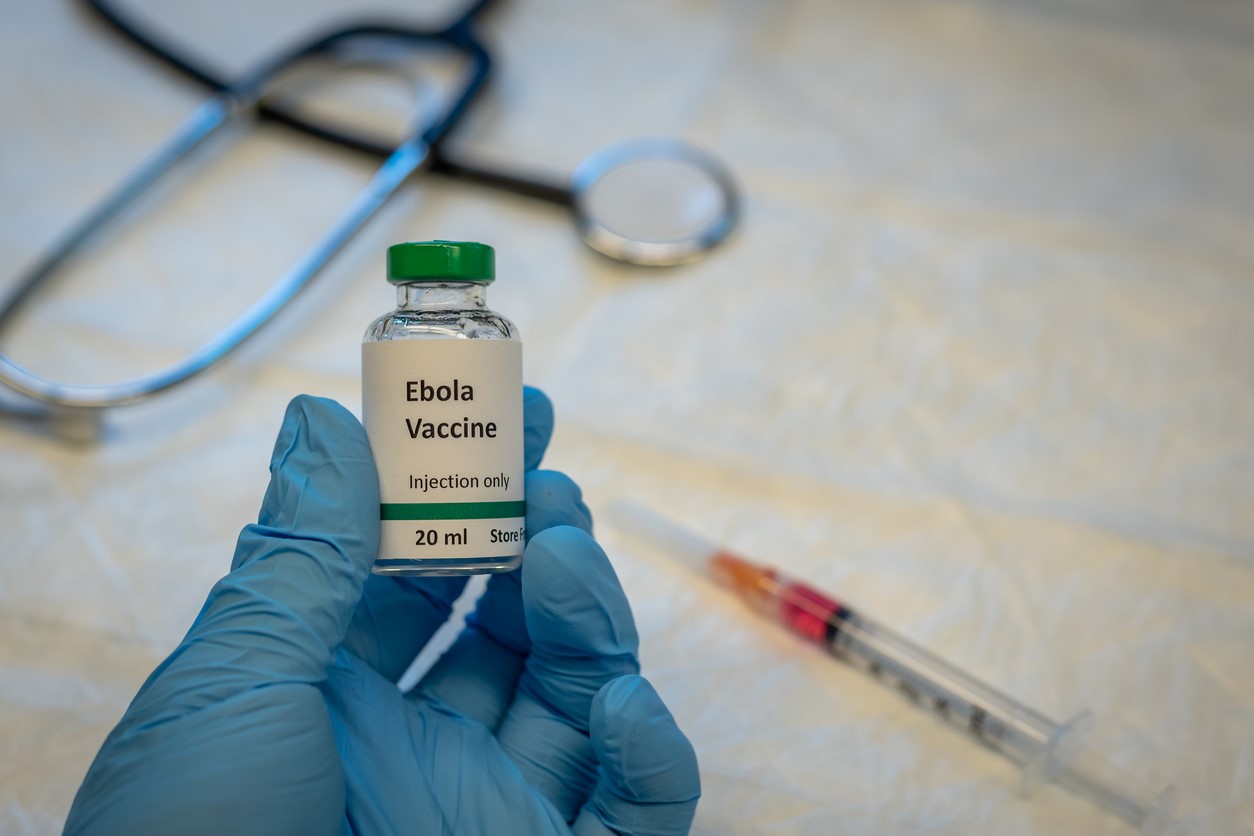
A new proof-of-concept device from researchers at Washington University in St. Louis monitors air samples for COVID-19 virus variant detection in about 5 minutes, according to a study today in Nature Communications.
The work is based on an inter-disciplinary team's previous construction of a micro-immunoelectrode (MIE) biosensor that detects amyloid beta as a biomarker for Alzheimer’s disease. Researchers exchanged the antibody that recognizes amyloid beta for a nanobody from a llama that recognizes the spike protein from the SARS-CoV-2 virus.
Using wet cyclone technology, the biosensor allows air samples to mix at high velocities creating a surface vortex trapping the virus aerosols. This allows the biosensor to detect virus particles in collected fluids.
"The high virus recovery by the wet cyclone can be attributed to its extremely high flow rate, which allows it to sample a larger volume of air over a 5-minute sample collection compared with commercially available samplers," said co-senior author Rajan Chakrabarty, PhD, in a press release. Chakrabarty leads the Complex Aerosol Systems Research Laboratory at Washington University.
You can know essentially in real time, or every 5 minutes, if there is a live virus.
The researchers tested the biosensor in the bedrooms of two people who had recently tested positive for COVID-10 and seven air samples taken from the patients' bedrooms correctly identified virus particles in the air.
Compact, portable device
The device is compact, standing at 12 inches wide and 10 inches tall, and has a flow rate of 1,000 liters per minute. The authors of the study said the device could be used by schools, hospitals, and public places to detect SARS-CoV-2, as well as other airborne viruses including RSV and influenza. It lights up when a virus is detected, alerting its operators to increase air flow in the room.
"If you are in a room with 100 people, you don't want to find out five days later whether you could be sick or not. The idea with this device is that you can know essentially in real time, or every 5 minutes, if there is a live virus," said co-senior author John Cirrito, PhD.

 A pilot study conducted at an academic medical center highlights the benefits of direct review of antibiotic prescriptions by pharmacists, researchers
A pilot study conducted at an academic medical center highlights the benefits of direct review of antibiotic prescriptions by pharmacists, researchers 












